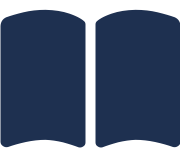
Ammonia and hydrogen represent opposite ends of the spectrum with regard to the potential blast loading resulting from an accidental vapor cloud explosion (VCE), although many in industry have expressed doubts as to whether either of these fuels actually pose a VCE hazard. Ammonia is some-times discounted as a VCE hazard due to the perceived difficulty in igniting an ammonia-air mixture and/or because of its low laminar burning velocity. Hydrogen is sometimes discounted as a VCE hazard due to the ease with which a hydrogen-air mixture can be ignited and/or because of its buoy-ancy.











